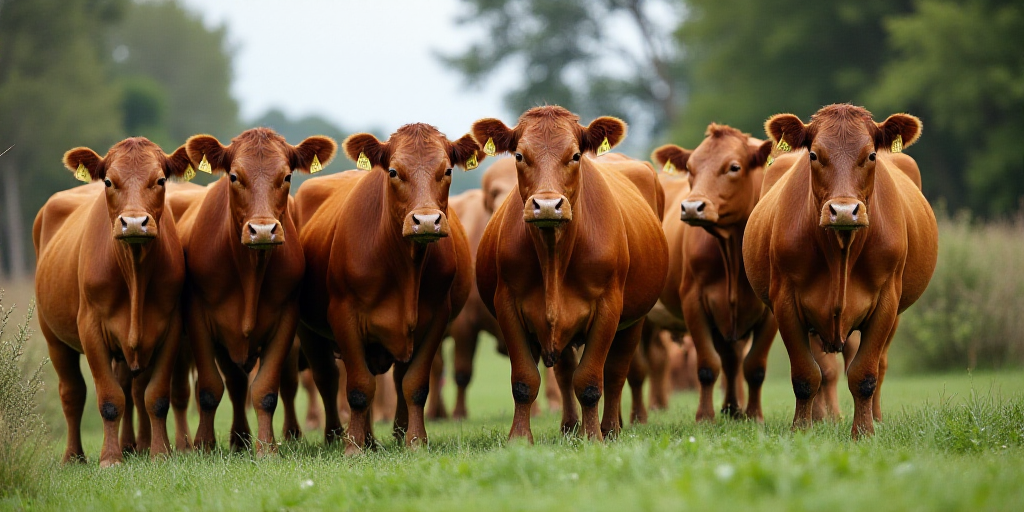The Cattle Warbler Parasite: An Overview
The cattle warbler, a devastating larva, has reappeared in Mexico’s southern region, causing concern for both animal health and international trade. However, experts clarify that this parasite does not contaminate the meat consumers eat nor is it transmitted through consumption.
Who is Gabriela Corral and Why is She Relevant?
Gabriela Corral, a teacher at the Faculty of Animal Science at the Autonomous University of Chihuahua (UACH) and a meat Angus auditor, emphasizes that “consuming meat poses no risk. Infected animals die before reaching the slaughterhouse.”
How the Parasite Operates
The cattle warbler larva originates from eggs laid by a fly in living tissues, such as wounds, mucous membranes, or moist cavities. María de la Luz Arévalo Flores, a pecuarian parasitologist at UACH, explains that “it does not reside in the intestines but rather in the liver or heart, gradually destroying surrounding tissues.”
- The larva enters through a wound and grows in anaerobic (oxygen-free) conditions, utilizing the animal’s body temperature.
- It attaches to organs and slowly perforates them, eventually causing the animal’s death.
- Since it doesn’t reach muscle tissue, the meat remains unaffected. The animal dies before reaching the slaughterhouse, either in the field or in feedlots.
Impact on Various Species, Including Humans
Although rare, at least two cases of human infection have been confirmed in Mexico. The parasite can affect any warm-blooded animal, including humans, entering through exposed wounds or mucous membranes.
Eradication Efforts and Current Challenges
The cattle warbler was eradicated from Mexico in the 1970s and 1980s using sterile fly releases, a successful strategy now being considered for reinstatement by the U.S. government.
- Past efforts involved coordinated campaigns where ranchers sent samples to labs for monitoring.
- However, Mexico ceased producing sterile flies, and national sanitary surveillance weakened. The parasite’s resurgence is due to insufficient barriers and controls.
Origins of the Current Outbreak
The current focus of the cattle warbler is in livestock entering Mexico from Central America, primarily El Salvador and Nicaragua. These animals often gain Mexican livestock status and are moved uncontrolled towards the north, where export-ready cattle reside.
- Environmental conditions, such as high humidity, intense rainfall, and warm temperatures, facilitate the fly’s propagation.
- These conditions are especially prevalent in regions where cattle graze freely with less stringent sanitary standards.
Containing the Parasite: Expert Recommendations
Both Corral and Arévalo Flores agree that immediate action is needed, including accepting international assistance, reinstating sanitary barriers between states, and reinforcing border inspection protocols.
- Political will and coordinated efforts from authorities, ranchers, and technicians are essential.
- The cattle warbler hasn’t disappeared; it was merely contained. Now, the focus is on regaining control, which has animal health and economic implications.
Key Questions and Answers
- Does the cattle warbler contaminate meat? No, the parasite does not affect meat as it doesn’t reach muscle tissue.
- How does the parasite kill animals? The larva enters through wounds, attaches to organs, and perforates them, leading to the animal’s death.
- Can humans get infected by consuming contaminated meat? No, human infection is extremely rare and occurs through exposed wounds or mucous membranes.
- Why has the cattle warbler reappeared in Mexico? The eradication efforts weakened, and environmental conditions favor the fly’s propagation.
- What measures are needed to control the parasite? International assistance, reinforced sanitary barriers, and stricter border inspections are crucial.






